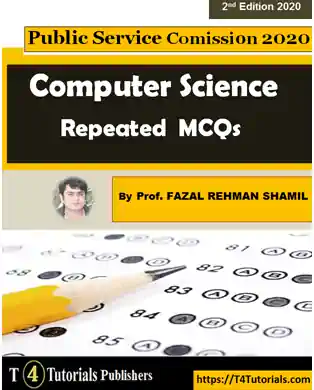12
Score: 0
Attempted: 0/12
Subscribe
Discrete Mathematics MCQs
- Discrete Mathematics MCQs
- Discrete Mathematics MCQs set 2
- Discrete Mathematics MCQs SET 3
- Discrete Mathematics MCQs SET 4
- Discrete Mathematics MCQs SET 5
